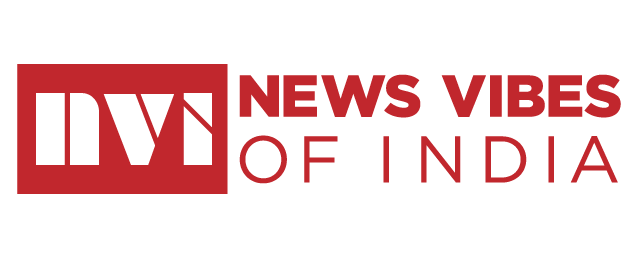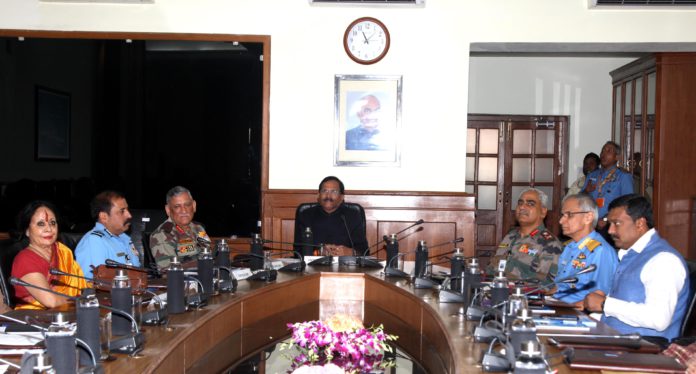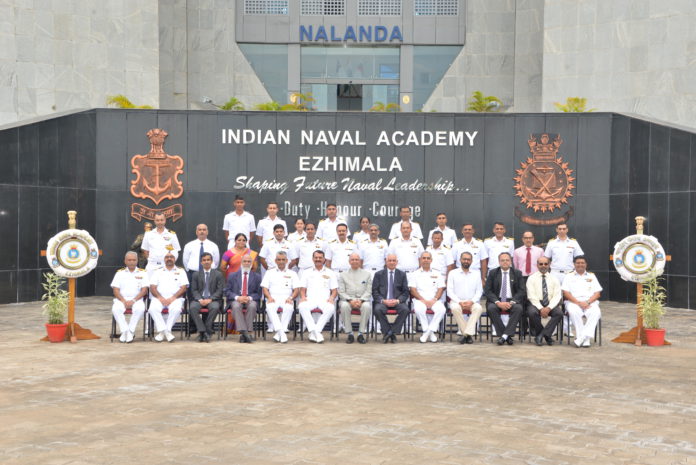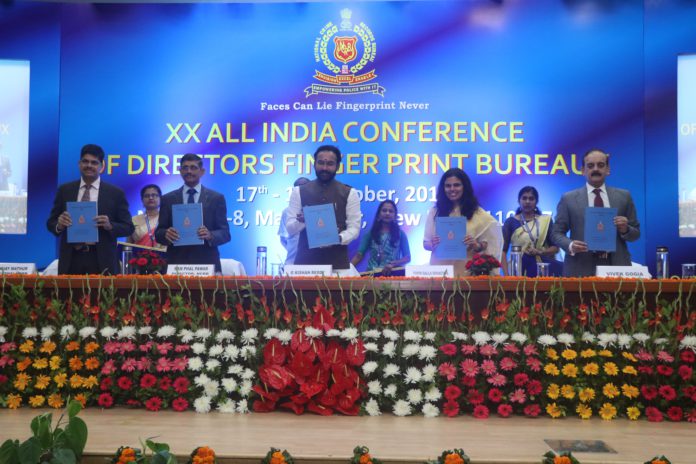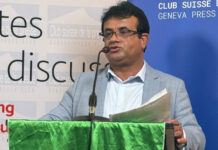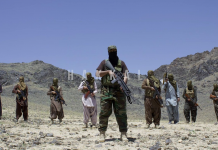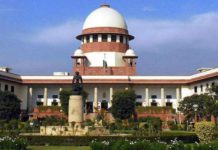New Delhi (NVI): India has successfully lived Homi Bhabha’s vision of using nuclear power for peaceful purposes and has diversified nuclear applications in various social fields, Minister of State for Atomic Energy and Space Minister Jitendra Singh said here on October 18.
Recalling the ‘father of Indian nuclear power’ Homi Bhabha in his address at 11th Nuclear Energy conclave, Singh said “Homi Bhabha had then said that India’s nuclear power will be for peaceful purposes. The Government has diversified the applications of nuclear energy in various social fields… We have been able to fulfil the vision of Homi Bhabha.”
Nuclear power plants are now not only restricted to Southern states as the government is setting up the atomic plants in other parts of the country, he added while inaugurating the conclave on “Economics of Nuclear Power-Innovation towards Safer & Cost-Effective Technologies”.
“Government has taken various steps to promote the scientific temper in the country, especially in the Department of Atomic Energy and Space. As earlier the Atomic power plants were restricted in Southern India, now the Government is setting up the nuclear plants in other parts of the country. A nuclear plant is coming up in the Gorakhpur of Haryana.”
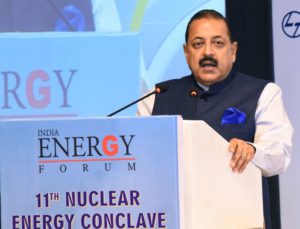
To educate the students and the general public about the applications of nuclear energy, a “Hall of Nuclear Energy” was opened in Pragati Maidan in Delhi and a similar Hall is being planned for the Department of Space.”
Quoting various examples such as joint ventures in nuclear energy and increase in budget etc., Singh said, “Under the leadership of Prime Minister Modi, we have been able to achieve much in these fields since last five years.”
He also highlighted the use of nuclear energy in the field of medicine, especially cancer care and added, “Dr B.Borooah Cancer Institute in Guwahati has been affiliated to the Tata Memorial Centre for Cancer, Mumbai.”
“DAE is also working towards the implementation of flagship programmes of the Government, with Tata Memorial Centre being the first to shift to cashless transactions,” he said.
He further said, “Awareness needs to be created among the public about busting the myths associated with the use of nuclear energy. Nuclear energy is a source of energy to meet the rising energy demands of India. In our day to day life, it is an instrument of ‘ease of living’.”
Speaking on the “Long term vision for Nuclear Energy” Secretary, DAE K N Vyas said, “Climate change scenario has gone grimmer and it is dangerous to humanity if we continue the business as usual.
Emphasising on the reduction in the carbonisation, Vyas said, “Nuclear energy is an undeniable option to fight global warming. He added that other sources such as solar and wind energy require large land and other technologies, being expensive in nature. India has gained large experience in the construction and commissioning of reactors.”
Speaking at the ceremony about “Nuclear Power India’s Development Imperatives”, Former Chairman, AEC, Anil Kakodkar said, “Access to the imported uranium can accelerate the nuclear program size as well as large scale thorium deployment. We have now much lesser constraints to move ahead.”
Comparing electricity generation technologies from consideration of economics, Member of AEC, RB Grover, said, “Globally electricity generation contributes to 40% of carbon emission, the next target being transport sector. For any technology to succeed, it has to be robust and commercial.”
Meanwhile, the Chairman, Nuclear Energy Group Srikumar Banerjee said that nuclear energy is what we can claim to be totally indigenous.
The Former Secretary, Ministry of Power Anil Razdan and the Convenor, Nuclear, SM Mahajan also spoke on the occasion.
–PS
